For those interested in what iPhone apps we used here is our short list:
Procamera
Pro HDR
Dynamic Light
finarXImage
PhotoForge2
Pic Grunger
Paper Camera
I treat iPhone photography much like using a toy or LOMO camera. I have come to embrace the grain, the saturated colors and the ghosting in HDR photos. The quality of the images will never rival a DSLR, but these pictures sure and fun to take and process!

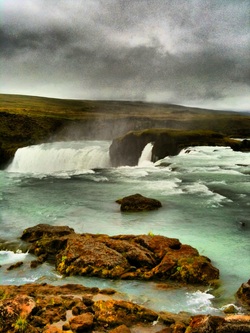
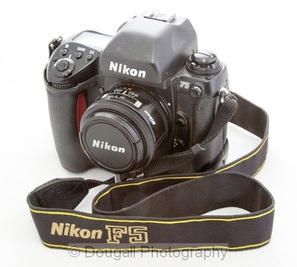
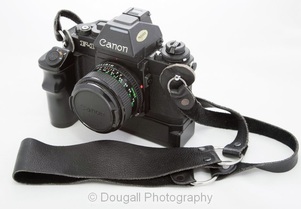
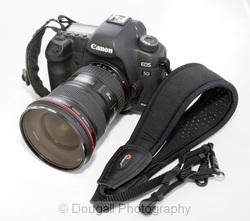

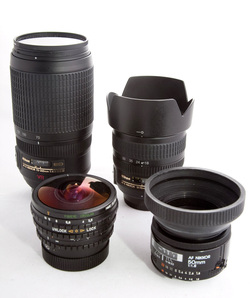










 RSS Feed
RSS Feed
